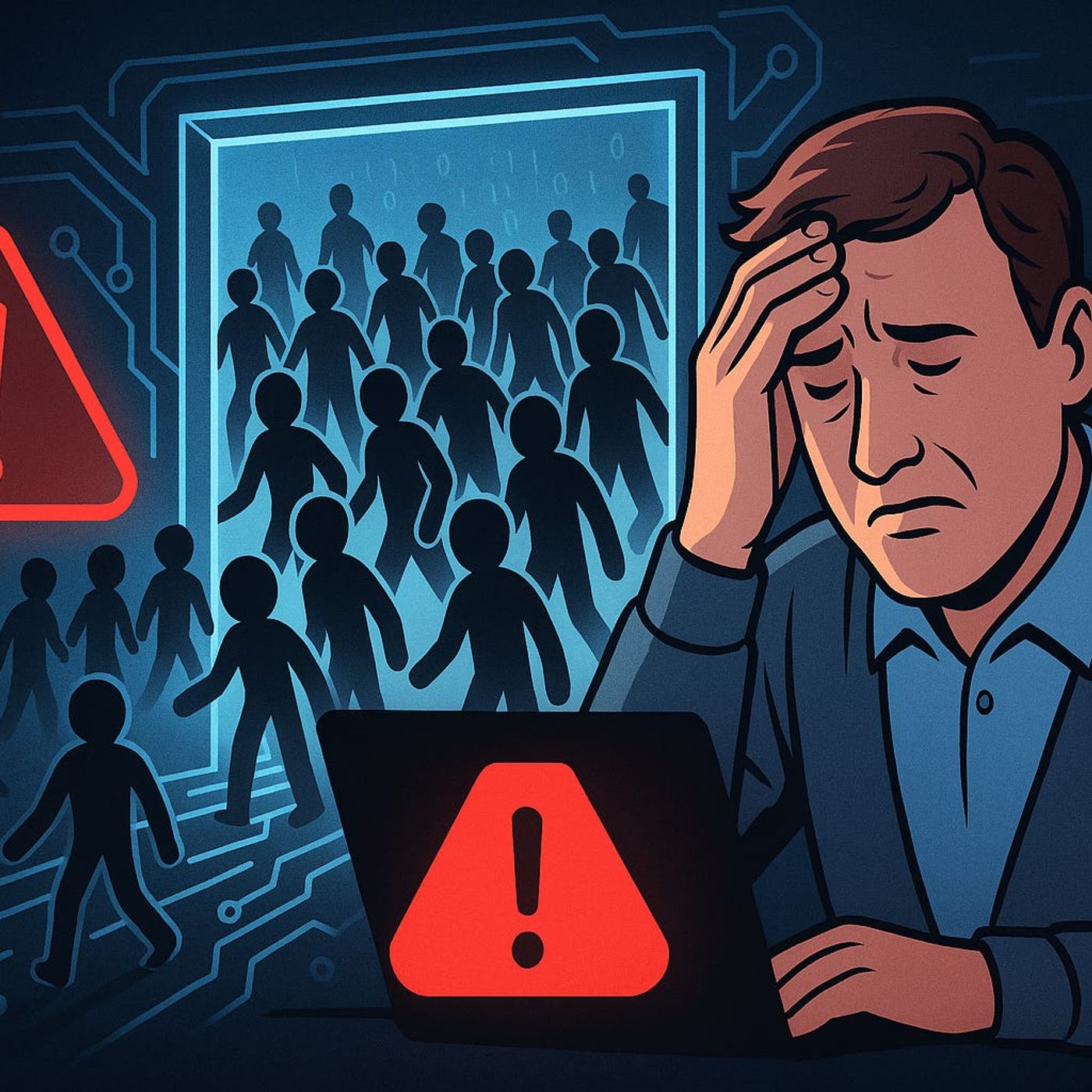Podcast Episode Details
Back to Podcast Episodes
The Hidden Danger of M365 Guest Accounts
Imagine this: every guest you’ve ever invited into your Microsoft 365 tenant is still sitting there. No expiration date. No clean-up. Just a growing crowd of external accounts you’ve probably forgotten about. That’s hundreds or even thousands of potential access points into your data — and most companies don’t even realize how many guests are still lingering. So, what happens when the party never ends? And more importantly, what happens when someone you thought left the building still has the keys?The Silent Guest Pile-UpPicture this: you bring in a contractor to support a short project. The engagement is supposed to last two weeks, maybe a month at most. You issue them a guest account in Microsoft 365 so they can access files, attend Teams meetings, and share deliverables. The project ends, the contractor moves on, and everyone forgets about that login. Fast forward five years, and that account still exists. Nobody remembers why it was created, nobody checks whether it’s still in use, and yet it continues to sit in your tenant quietly, almost invisible among the thousands of identities in your directory. This single example might sound extreme, but it’s far more common than most IT administrators like to believe. The reason is simple: inviting an external user into Microsoft 365 is unbelievably easy. With just a few clicks, anyone with permission in a Team, SharePoint site, or group can send out an invite. Unlike employee onboarding, there’s usually no HR approval, no standardized intake process, and no provisioning workflow. The identity is created instantly, the contractor or partner logs in, and the collaboration begins. But there’s very rarely an equivalent process to remove that identity. Once the work is over, who takes responsibility for cleaning up? The project manager? The site owner? The IT admin? Most of the time, it slips through the cracks because the tenant doesn’t have a coordinated lifecycle process, and so the guest simply stays. That’s where the problem starts to snowball. Organizations typically assume they’ve got a tight grip on security. Password policies are in place, MFA is configured, users are monitored, and reports get reviewed periodically. But those reports often don’t capture the full picture of guest accounts. A company might think it’s well-governed, only to realize years later that hundreds or even thousands of guest accounts accumulated over time, none of which were ever deactivated. It creates a dangerous blind spot. Admins are patrolling the front gates, but the back door was never locked. Think about it like office keycards. If every temporary contractor or visitor got a keycard, and nobody ever collected them when the person left, you’d eventually have boxes full of unreturned cards out in the wild. Some of those cards would still open doors. Some might be sitting forgotten in an old drawer, but others could be in circulation, deliberately or accidentally, still used by someone who no longer belongs in your building. That’s exactly how guest accounts pile up in a digital environment—except the “doors” here are your SharePoint sites, Teams channels, and document libraries. The numbers make it even more concerning. Small firms that only employ 50 or 100 people often uncover several hundred guest accounts lingering in their tenant. If you move up into the enterprise space, the count shoots into the tens of thousands. One multinational I worked with had more guest accounts than actual employee accounts. That’s not because of negligence on any one person’s part—it’s the natural outcome of how collaboration works in the cloud. Every partner meeting, every external workshop, and every customer file review encourages someone to send out another guest invitation. Without a structured way of tracking and closing those accounts, the accumulation is inevitable. And the shift to hybrid work has accelerated the trend. Before, external collaborators might have been invited sparingly—for a project that tr
Published on 6 days, 5 hours ago